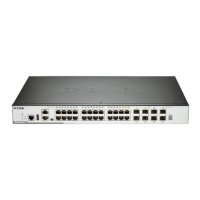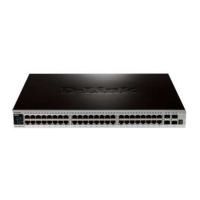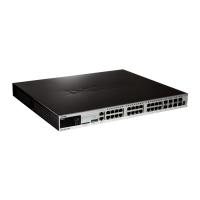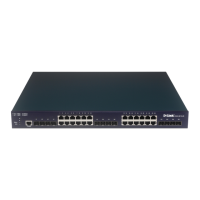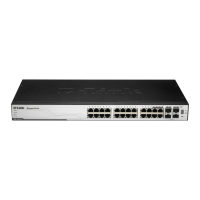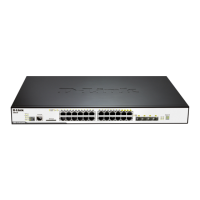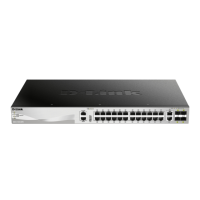DGS-3630 Series Layer 3 Stackable Managed Switch Web UI Reference Guide
480
The fields that can be configured are described below:
Parameter Description
VRF Name
Enter the name of the VRF instance here. This name can be up to 12 characters
long.
IPv4 TACACS Source
Interface Name
Enter the name of the source IPv4 TACACS+ interface here.
IPv6 TACACS Source
Interface Name
Enter the name of the source IPv6 TACACS+ interface here.
Click the Apply button to accept the changes made.
Click the Delete button to remove the specified entry.
Click the Back button to return to the previous window.
TACACS Statistic
This window is used to view and clear the TACACS+ statistic information.
To view the following window, click Security > TACACS > TACACS Statistic, as shown below:
Figure 9-38 TACACS Statistic Window
The fields that can be configured are described below:
Parameter Description
Group Server Name
Select the TACACS+ group server name from this list here.
Click the first Clear button to clear the information based on the group selected.
Click the Clear All button to clear all the information in this table.
Click the second Clear button to clear all the information for the specific entry.
IMPB
The IP network layer uses a four-byte address. The Ethernet link-layer uses a six-byte MAC address. Binding these
two address types together allows the transmission of data between the layers. The primary purpose of IP-MAC-Port
Binding (IMPB) is to restrict the access to a Switch to a number of authorized users. Authorized clients can access a
Switch’s port by either checking the pair of IP-MAC addresses with the pre-configured database or if DHCP snooping
has been enabled in which case the Switch will automatically learn the IP/MAC pairs by snooping DHCP packets and
saving them to the IMPB white list. If an unauthorized user tries to access an IP-MAC binding enabled port, the
system will block the access by dropping its packet. Active and inactive entries use the same database. The function
is port-based, meaning a user can enable or disable the function on the individual port.
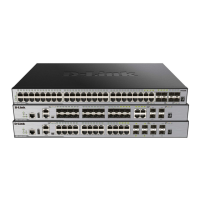
